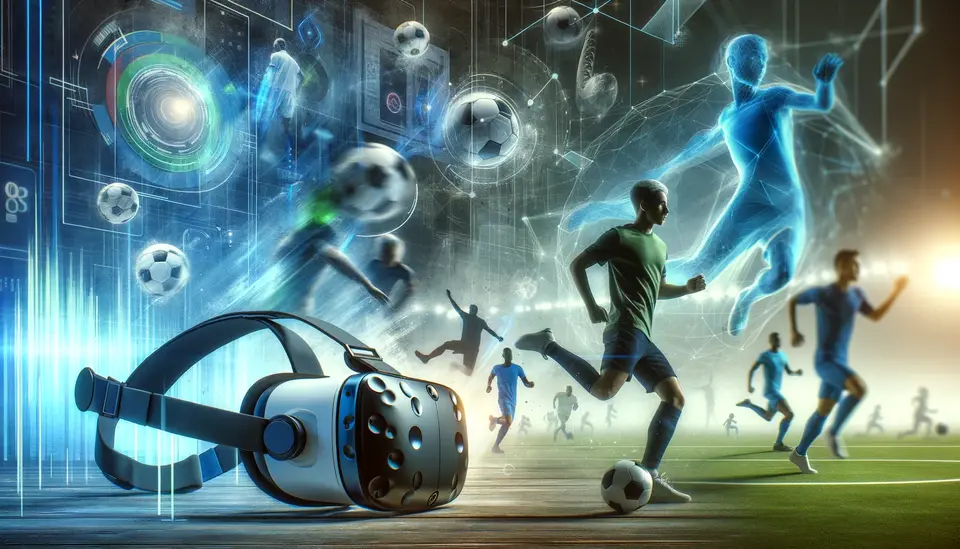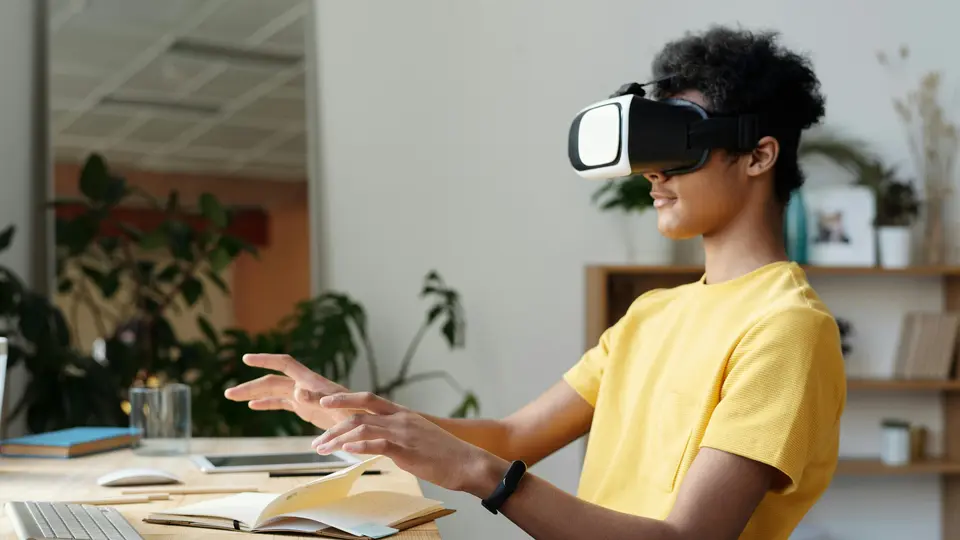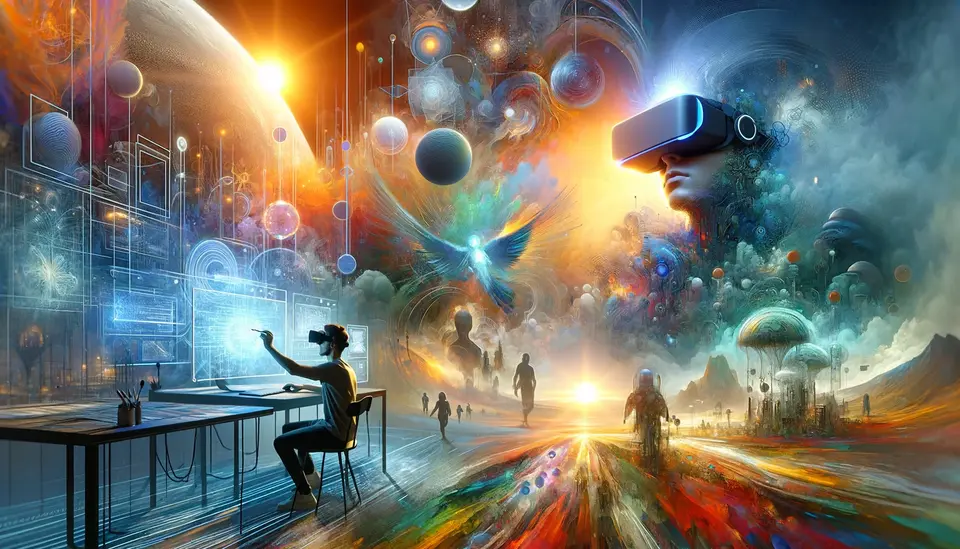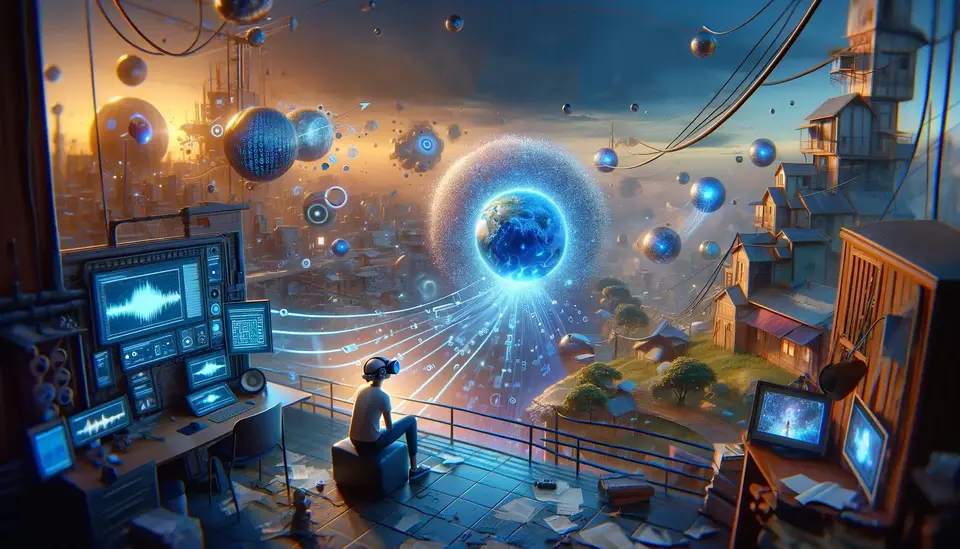Real Examples and Use Cases of Virtual Reality (VR) in Transportation
Posted on May 19, 2023 4 minutes 785 words
Table of contents
- Virtual Reality in Vehicle Design and Development
- VR for Driver Training and Education
- Virtual Reality in Traffic Management
- VR for Public Transportation Experience Enhancement
- VR for Autonomous Vehicle Testing and Simulation
- Virtual Reality in the Aviation Industry
- VR for Enhanced Customer Service in Transportation
- Conclusion
Virtual Reality (VR) has made significant strides in recent years, revolutionizing various industries by offering immersive experiences, enhanced collaboration, and efficient solutions. The transportation industry is no exception, as VR technology continues to transform the way we design, develop, and interact with various modes of transport. This blog post explores real-life examples and use cases of VR in transportation, demonstrating its potential to redefine the future of mobility.
Virtual Reality in Vehicle Design and Development
VR has become a vital tool for vehicle manufacturers in the design and development process. By creating virtual prototypes, manufacturers can reduce both time and cost associated with physical modeling. Additionally, VR enables global teams to collaborate more effectively in real-time, enhancing communication and decision-making processes.
Ford’s Immersive Vehicle Environment (FiVE)
Ford’s Immersive Vehicle Environment (FiVE) system allows engineers and designers to experience and evaluate new vehicle designs in a virtual setting. This enables the team to identify and address potential design issues before producing physical prototypes, resulting in a more streamlined and cost-effective development process.
VR for Driver Training and Education
Virtual reality provides a safe and immersive environment for driver training, simulating various driving conditions and scenarios. This approach not only enhances learning but also reduces the risk of accidents during training.
UPS’s VR Driver Training Program
UPS has adopted VR driver training programs to prepare their drivers for different road and traffic situations. By using VR headsets and realistic simulations, UPS ensures its drivers are well-equipped to handle real-world challenges while maintaining safety standards.
Virtual Reality in Traffic Management
VR technology can also be applied to traffic management and urban planning. By simulating traffic flow and analyzing potential bottlenecks, city planners can design more efficient transportation infrastructure.
Virtual Singapore Project
The Virtual Singapore project utilizes VR technology to create a digital twin of the city, allowing planners to test various urban planning scenarios and optimize traffic flow. This contributes to the development of smarter and more sustainable cities.
VR for Public Transportation Experience Enhancement
Integrating VR into public transportation can enhance the passenger experience by providing immersive and engaging environments. This has the potential to reduce stress and anxiety during commutes and make public transportation more enjoyable.
SNCF’s Hyperloop VR Passenger Experience
French railway company SNCF has explored the use of VR to improve the Hyperloop passenger experience. By providing immersive virtual environments, SNCF aims to transform the travel experience, making it more comfortable and enjoyable for passengers.
VR for Autonomous Vehicle Testing and Simulation
Autonomous vehicles rely on complex algorithms and machine learning to navigate roads safely. VR can be utilized to test and validate these algorithms in a controlled environment, reducing the need for extensive real-world testing.
Waymo’s Carcraft Simulation Platform
Waymo, a leader in autonomous vehicle development, uses its Carcraft simulation platform to test and refine its self-driving algorithms. This virtual environment allows Waymo to conduct millions of miles of simulated driving, ensuring the safety and reliability of their autonomous vehicles.
Virtual Reality in the Aviation Industry
VR has made a significant impact on the aviation industry, particularly in pilot training and airport design. By simulating various flight conditions and scenarios, pilots can undergo rigorous training without the need for costly and resource-intensive real-world exercises.
Lufthansa’s VR Pilot Training
Lufthansa uses VR technology for pilot training, offering highly realistic simulations that help pilots develop the necessary skills and experience to handle various flight situations. This approach reduces training costs while maintaining high safety standards.
VR for Enhanced Customer Service in Transportation
Virtual reality can also be used to enhance customer service in the transportation industry, providing virtual showrooms, vehicle tours, and customization options for potential buyers.
Audi’s Virtual Reality Experience at Dealerships
Audi has implemented a VR experience at select dealerships, allowing customers to explore and configure their vehicle of choice in a virtual environment. This immersive experience helps customers make informed decisions and personalize their vehicle to suit their preferences. By offering a unique and engaging buying experience, Audi can stand out in the competitive automotive market.
Conclusion
Virtual reality is rapidly transforming the transportation industry, offering innovative solutions that enhance design, development, training, and customer experiences. As we continue to explore the potential of VR, it is evident that this technology will play a significant role in shaping the future of mobility. Ongoing research and development in this field will further unlock the potential of VR, paving the way for safer, more efficient, and sustainable transportation systems. With these real examples and use cases, it becomes clear that VR is not just a novel technology, but a powerful tool that has the potential to revolutionize how we approach transportation and mobility.








